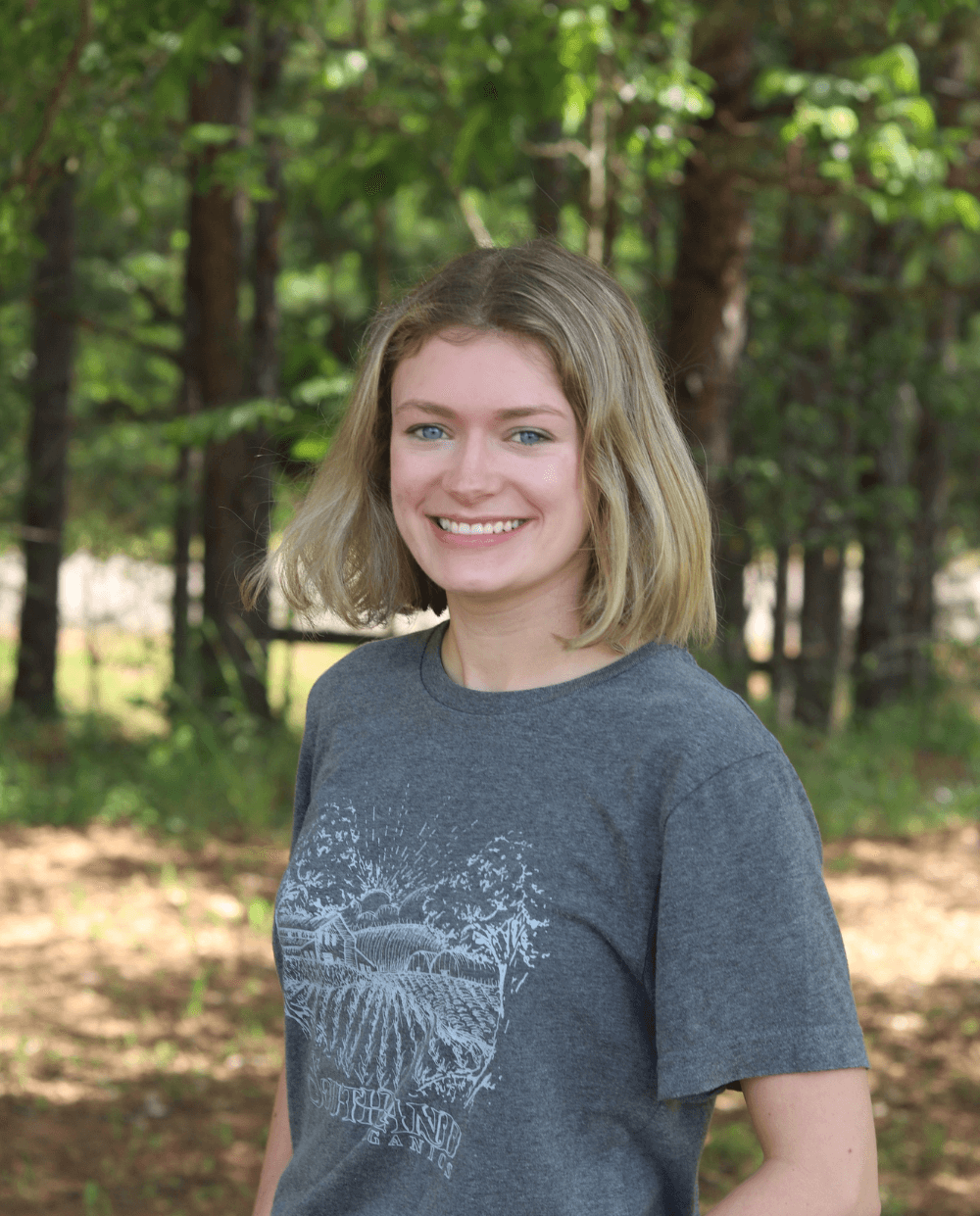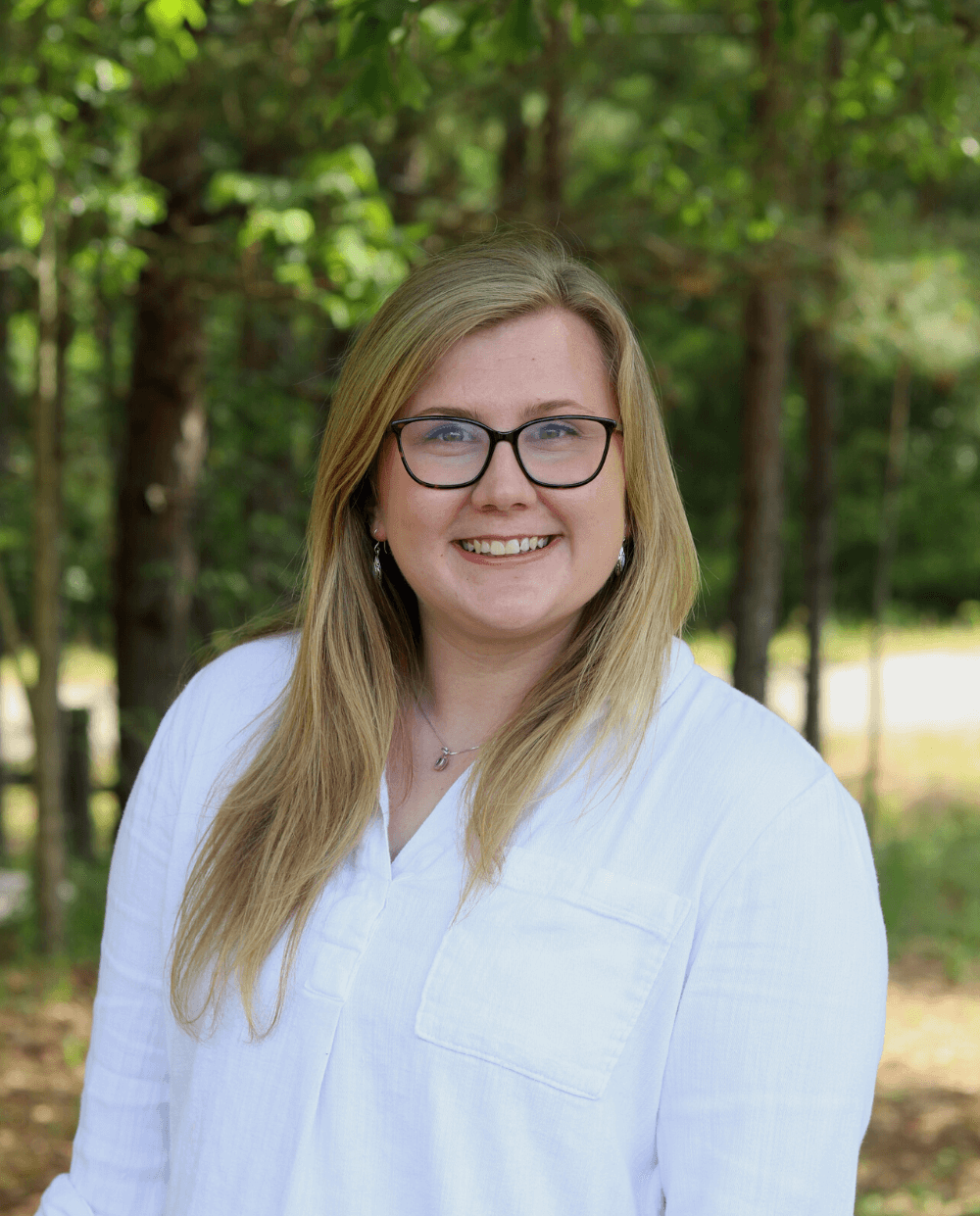HPAI: Highly Pathogenic Avian Influenza
The goal of our Poultry Biosecurity branch is to provide helpful information on topics related to the poultry industry. From bird health and nutrition to farm safety and finance, we want to be your resource! But sometimes that means addressing the most difficult challenges poultry farmers are facing.
One of the scariest issues in the poultry industry today is highly pathogenic avian influenza (HPAI), also known as the bird flu or avian flu.
Avian influenza is a highly contagious disease in wild and domestic bird species capable of producing extremely rapid and high mortality, and as you know, it has rocked the poultry industry. We're going to break down what it is, how to recognize it and why the most recent outbreak has been so much worse than those in the past.
Recent Avian Influenza Viruses
Since the early months of 2022, the CDC reports that more than 52 million birds across 46 states have either died as a result of HPAI infection or been culled due to exposure to infected animals. That makes this the single largest HPAI outbreak in the U.S. ever. Until this point, the largest outbreak in the U.S. was in 2015, when just over 50 million birds were lost from 21 affected states.
Avian influenza is similar to human influenza viruses in that both can "gene swap" inside infected bodies, in this case infected birds, and create new virus strains. This allows for many outbreaks of avian influenza to occur over time.
Both of the most recent outbreaks began in the winter. In the case of the 2015 outbreak, positive cases stopped by the following June thanks to the warm weather. But in the case of the current outbreak, positive cases continued through the summer of 2022 and picked back up when the weather cooled down. There was no true break—the cases just kept coming.
But why is this? What’s different this time? When avian influenza viruses circulate, several factors can determine how impactful and widespread they will be.
Difference #1: Wild Birds
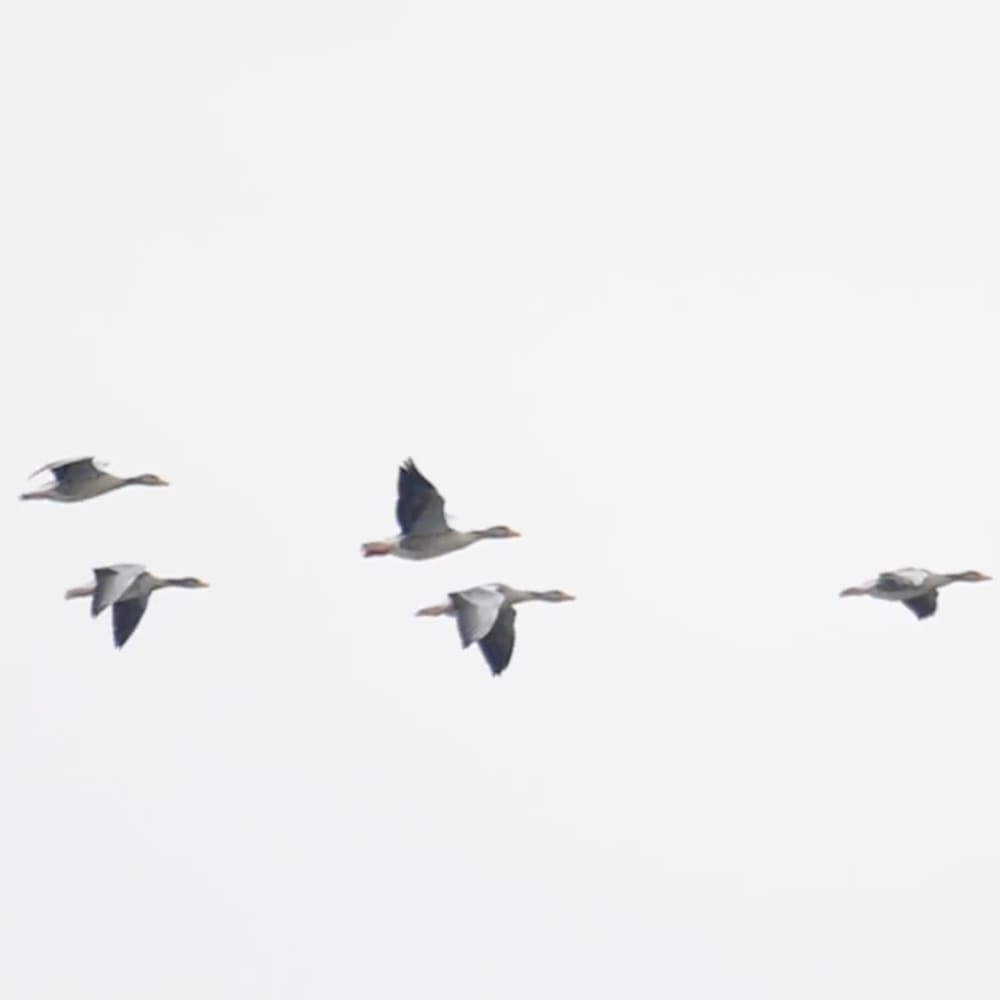
One marked difference in this avian influenza virus outbreak is the route of transmission. During the 2015 outbreak, the majority of positive cases were due to farm-to-farm transmission. In contrast, this outbreak is being driven by wild bird reservoirs.
Wild and domestic birds can be infected with HPAI, but wild birds are more likely to show no signs of illness. This allows them to carry the disease with them while migrating. They expose domestic poultry populations as they go.
Difference #2: Flyway Zones
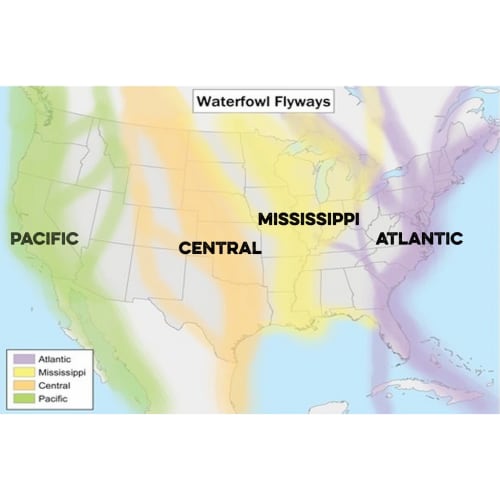
Migratory birds tend to travel in one of four flyway zones over the U.S.: the Atlantic, Mississippi, Central and Pacific zones. While the 2015 outbreak was limited to just three of these zones, the current outbreak has caused cases in all four zones. This extensive presence in wildlife reservoirs is speculated to be what made it possible for the virus to persist through warmer temperatures.
As the migratory birds make their way to their winter homes, they leave behind virus shed in their droppings. Domestic and wild birds can then become infected by direct contact not only with infected animals, but with their droppings or from environmental contamination.
Contaminated surfaces can be anything from bedding to equipment and feed to shoes that have been in contact with the HPAI virus and can thus infect domestic poultry.
In an effort to ensure that outbreaks are detected as early as possible, the U.S. Department of Agriculture's Animal and Plant Health Inspection Service partners with U.S. Fish and Wildlife Services, along with other national organizations, to conduct active monitoring for avian influenza in wild bird populations. This allows commercial poultry companies and growers to prepare for an outbreak and change biosecurity practices prior to the introduction of domestic birds.
Symptoms of Avian Flu (a.k.a Bird Flu)
A pretty common question is—what happens if my birds do get HPAI? What should I expect?
Some common signs of an infection with avian flu viruses are lethargy and unwillingness to eat, nasal discharge, coughing, sneezing, purple discoloration of the combs and wattles and sudden and rapid mortality.
I’ve never experienced it myself, but some say that walking into a house of birds with an avian flu virus is eerily quiet because the infected birds are so unwilling to react.
What to do if you suspect avian influenza on your farm
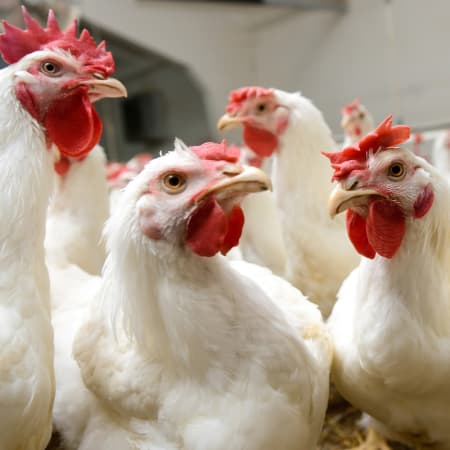
If you start suspecting that your farm is infected with avian influenza/bird flu, it is important to report it as soon as possible so that the appropriate entities can assist with testing. Your farm will likely be quarantined until HPAI is confirmed or denied, meaning that only authorized workers are allowed on and off the premises. Additionally, the movement of poultry, poultry products, and equipment is restricted to limit the amount of infected poultry.
In the event that your farm is confirmed positive for avian influenza, state and federal authorities will assist in depopulating the farm. Birds infected with HPAI are not allowed to enter the food chain. So once cases are confirmed, the goal is to contain the virus as quickly as possible to prevent spread to other populations of birds in close proximity!
Fortunately, avian influenza does not usually infect humans. So you can spend your energy protecting your birds from avian influenza and not worry too much about your own health.
How to prevent avian influenza
Preventing HPAI on your farm starts with good biosecurity practices.
-
Keep your equipment in covered areas where contact with wild birds and wild bird feces is minimal.
-
Reduce traffic on and off your farm to mandatory personnel only.
-
Disinfect footwear when moving around the farm.
All three of these practices are important for any disease control.
Since this outbreak of HPAI is being spread so widely by wild birds, it’s important to focus on keeping them off of your farm. Conceal or get rid of elements that attract wild birds, like standing water, trash, feed and mortality.
It’s also recommended to use disposable shoe coverings so that you don’t track in any contamination that might have been left by wild migratory birds.
Moving Forward with Avian Influenza
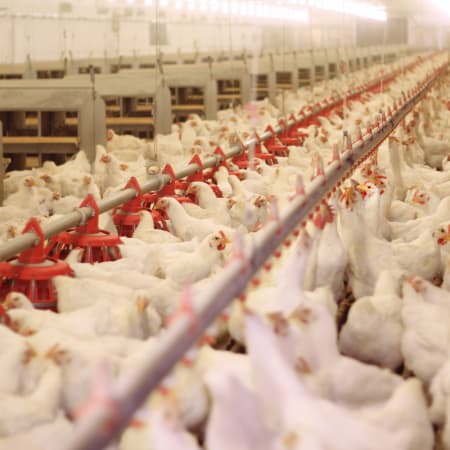
Highly pathogenic avian influenza, or bird flu, has made its way into bird populations in 46 states in the U.S. since early 2022. This disease is characterized by respiratory changes, lethargy, and rapid mortality. Although this virus is being transmitted primarily by wild birds, it is important that we all implement strict biosecurity and monitoring to protect our own birds as well as those housed near us.
This season of illness is beginning to affect us all, whether that is on-farm or at the grocery store. To those of you whose farms have already been affected by the current HPAI outbreak, our thoughts and prayers are with you as you navigate these strange and difficult waters. To our poultry growers who have not had this experience, we hope that you continue to see healthy, productive birds on your farms.
HPAI Resources
- APHIS monitoring of backyard and commercial flocks
- Additional resources from APHIS
- APHIS monitoring of wild bird populations
Contact Us
If you have any questions for us, you can reach us at success@southlandorganics.com or 800-608-3755.

